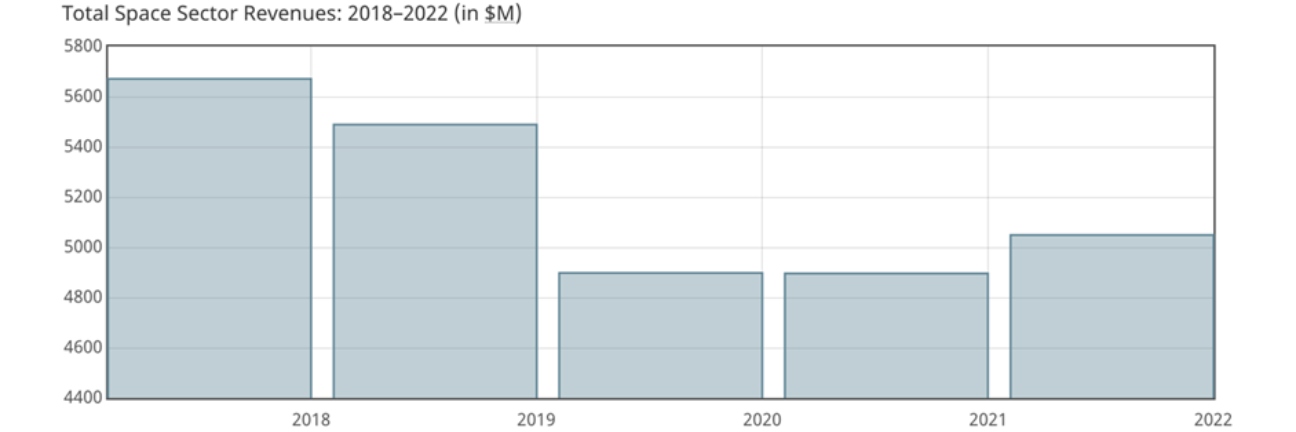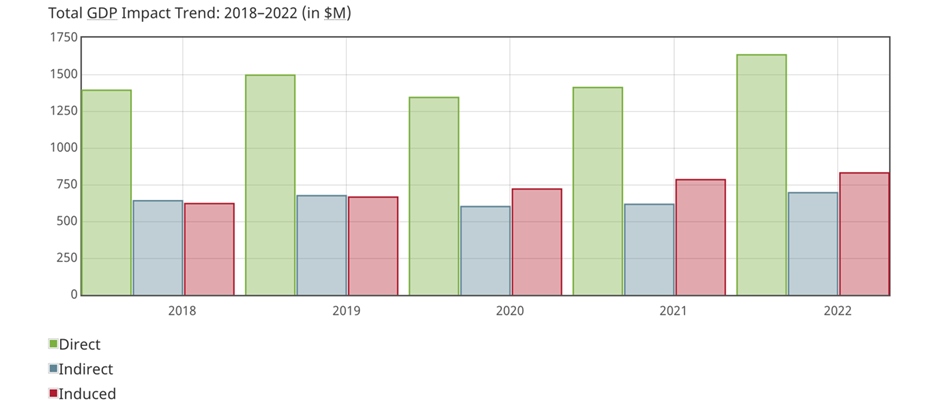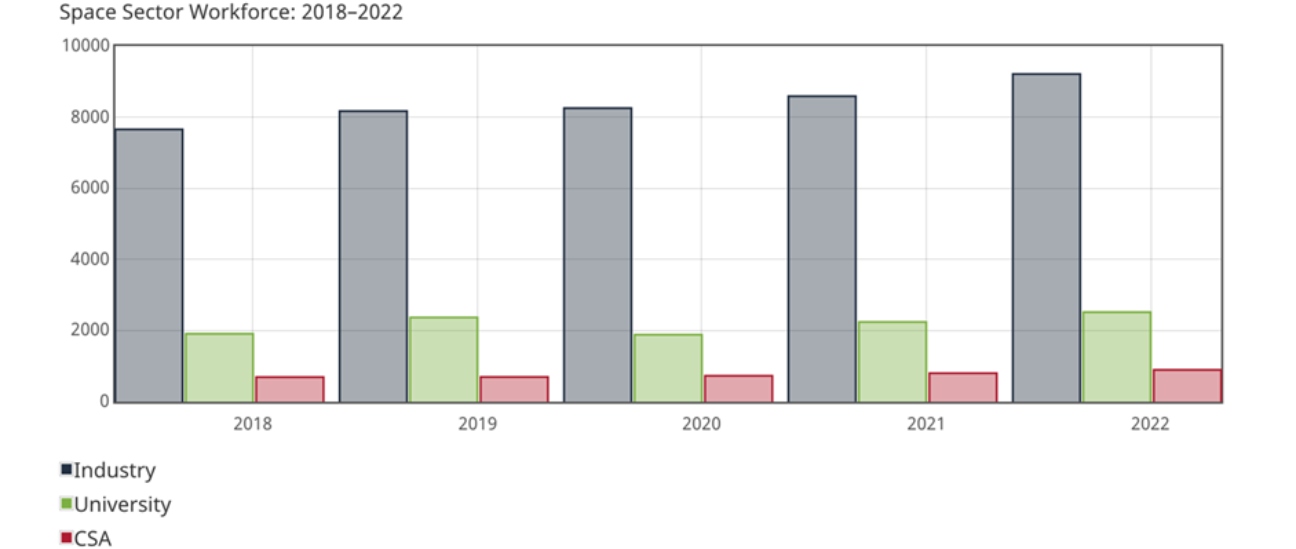How startups, SMEs, and innovators are growing a modern space economy
Canada’s space industry has changed a lot over time. While early projects in satellites and robotics helped Canada earn global respect, today’s space sector is powered more and more by startups, small businesses, and tech companies. These groups are building new tools for Earth observation, internet from space, climate monitoring, and more. In this article, we take a closer look at how the space business works in Canada today: who’s involved, what’s helping it grow, and what still gets in the way.
Canada’s Commercial Space Roots

Canada became a space nation back in 1962 when it launched Alouette-1, making it the third country in the world to send a satellite into orbit. That success led to more investment in communication satellites and space science.
In 1972, Canada made history again with Anik A1, the first domestic communications satellite. Over time, Canada also became known for its work in robotics, especially the famous Canadarm used on U.S. space shuttles and the International Space Station.
For many years, Canada’s space work was mostly led by the government through the Canadian Space Agency (CSA). But around the early 2000s, more private companies started getting involved. Since then, the shift from mostly public programs to a mix of public and private projects has helped grow a more modern, business-focused space industry in Canada.
Today’s Space Economy: Facts and Figures
Canada’s space economy is growing steadily. According to the State of the Canadian Space Sector Report, here are some numbers from 2022:
- The sector made $5.0 billion in total revenue

- It added $3.2 billion to Canada’s GDP

- It supported 12,624 direct jobs and another 12,612 indirect jobs

- Companies spent $593 million on R&D, a record high
Also, about 94% of Canadian space companies are small or medium-sized businesses (SMEs). Many of them focus on selling their products and services abroad – 58% of their revenue comes from exports. This shows that Canada isn’t just building space tools for itself – it’s building for the world.
These numbers point to a growing industry that’s starting to play a bigger role in Canada’s economy and in the global space development scene.
Who’s Building Space Businesses in Canada?
Canada’s space sector includes both large companies and newer, fast-moving startups. Let’s take a look at some of the main players:
MDA Space
This company is known for building robotic arms, like Canadarm3, and working on Earth observation and Low Earth Orbit (LEO) satellite projects. It’s expected to pass $1 billion in revenue in 2025.
Telesat
Telesat is building a network of satellites called Lightspeed to provide high-speed internet, especially in remote and northern parts of Canada. The company has added over 500 jobs recently and received big funding from the government.
GHGSat
Based in Montreal, GHGSat uses small satellites to measure greenhouse gas emissions. The company sells data to governments and companies trying to cut pollution.
Kepler Communications
Kepler is building a kind of space internet using optical links between satellites. This helps speed up communication for space and Earth-based systems.
Maritime Launch Services
This company is building Spaceport Nova Scotia, which will be Canada’s first site for launching commercial rockets. It’s a key step in helping Canadian satellites launch from home.
These companies show how space exploration in Canada is now about more than science. It’s a shift toward commercial data services and job creation across tech sectors.
Programs Supporting Commercial Success
Several government programs are helping Canadian space businesses grow by funding innovation, supporting satellite projects, and investing in the next generation of talent. Here’s a quick look at the most important ones:
| Program/Initiative | What It Does | Details |
|---|---|---|
| Canadian Space Agency (CSA) | Provides overall support for space sector growth | Returns $3 for every $1 invested (within 5 years) |
| Space Technology Development Program (STDP) | Funds new tech at the R&D stage | Helps bring early-stage innovation to market |
| Lunar Exploration Accelerator Program (LEAP) | Supports companies building tools for lunar missions | Targets small, space-focused firms contributing to Moon projects |
| Strategic Innovation Fund (SIF) | Invests in large-scale space and tech projects | $85M to Telesat; $13M to NorthStar for tracking space debris |
| Earth Observation Strategy | Supports satellites for Earth and climate monitoring | Funds RADARSAT+, WildFireSat, and HAWC missions |
| Youth Talent Programs | Engages students and early-career professionals in space science | Includes Launch Canada, SEDS-Canada, and university space teams |
These programs are shaping a stronger, more competitive space economy by backing Canadian innovation, supporting data-driven satellite work, and building up the next generation of space leaders.
Top Space Conferences
Alongside government funding programs, national conferences and summits play a key role in connecting people, promoting innovation, and building momentum in Canada’s space sector.
Canadian Space Conference (CSC)
Hosted by SEDS-Canada, this annual conference is aimed at students and early-career professionals. CSC 2025 took place in January at Concordia University and included talks from space leaders, workshops, and industry booths. It helps bridge the gap between academia and the commercial space economy.
SpaceBound
Organized by Space Canada, SpaceBound is a national industry event that brings together private space companies, policymakers, and public institutions. SpaceBound 2024 featured networking, investment panels, and discussions on national coordination and strategy. It’s a key meeting point for leaders shaping the commercial space landscape in Canada.
Canadian Space Summit
Run by the Canadian Space Society (CSS), this is one of the country’s longest-running space events. Usually held in the fall, it brings together researchers, industry professionals, and students for technical sessions and strategic talks. It continues to be a vital venue for collaboration and policy discussion.
Barriers to Growth (Then and Now)
Even though the space sector in Canada is growing, there are still some common problems.
Current Issues:
- Funding is hard to find, especially for early-stage startups.
- Government contracts are tough to access, especially with long and complex rules.
- Security clearance barriers stop smaller companies from working on projects that need a Top Secret rating.
Some of these problems have existed for years. Many people in the space community still call for more support, better coordination, and easier ways for small companies to contribute to Canada’s space missions and contracts.
New Calls for Coordination
Today, a new organization called Space Canada is leading the call for more collaboration between government, industry, and education.
Their main request is to create a National Space Council, which would:
- Bring different parts of government together to focus on space
- Align public funding and regulation across departments
- Help grow commercial roles in:
- Cybersecurity
- Defence and NORAD modernization
- Climate tech and AI tools
Brian Gallant, CEO of Space Canada, said:
“Canada can tackle big problems like climate change and inequality through space innovation and create the jobs of the future right here.”
Multiple industry reports in Canada have said the same thing: clearer government direction and stronger partnerships are needed to compete globally.
Next Big Moves for Canada in Space
Looking ahead, the future of Canada’s space economy depends on big decisions. A Deloitte forecast says that if Canada increases its efforts, the space economy could reach $40 billion by 2040. That would better match Canada’s share of the global economy.
Meanwhile, companies like MDA Space are showing that local businesses are ready to grow. If current trends hold, MDA is expected to cross $1 billion in revenue by 2025.
But other countries are moving fast too. If Canada doesn’t increase its investment and coordination, it risks falling behind in this new global space race.
The Bigger Picture
Turning space into a strong economic engine for Canada means more than just building satellites. It means creating jobs, fostering innovation, and helping Canadian companies lead on the global stage.
It also touches nearly every part of society, from climate change research and wildfire monitoring to remote healthcare and internet access in underserved communities.
Investing in the space industry is a long-term strategy to boost Canada space leadership, grow exports, and build a more resilient economy.
To succeed in the new space economy, Canada needs collaboration across sectors and a commitment to supporting both new and established players. That includes clear policies, smart investment, and support for education and innovation.
As the global space race heats up, the question is no longer if Canada will be involved – it’s how deeply. And whether that involvement will reflect its potential.
Sources: Publicly available information from industry reports, news releases, government documents, and space-focused events. We are not affiliated with the Canadian Space Commerce Association (CSCA) or any other organization named in this content.
